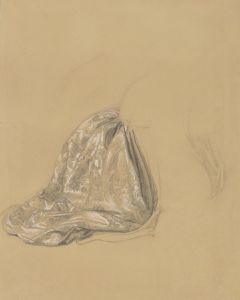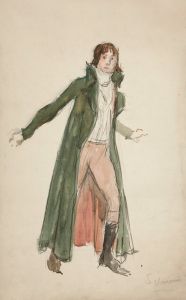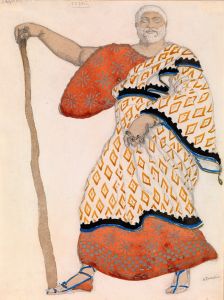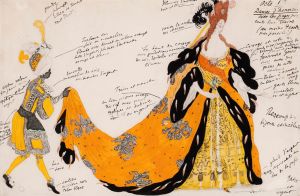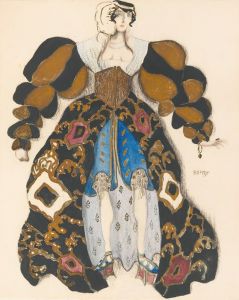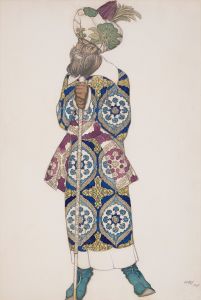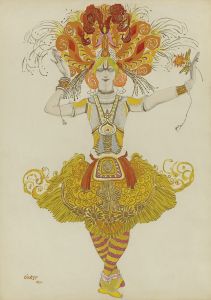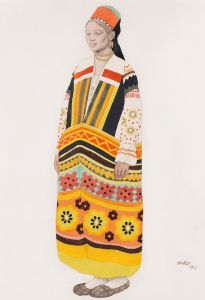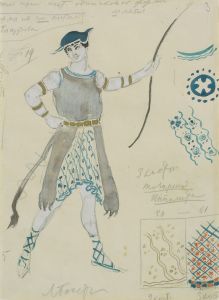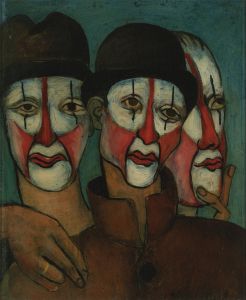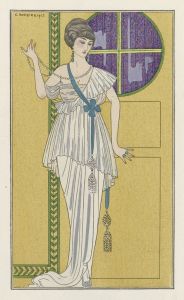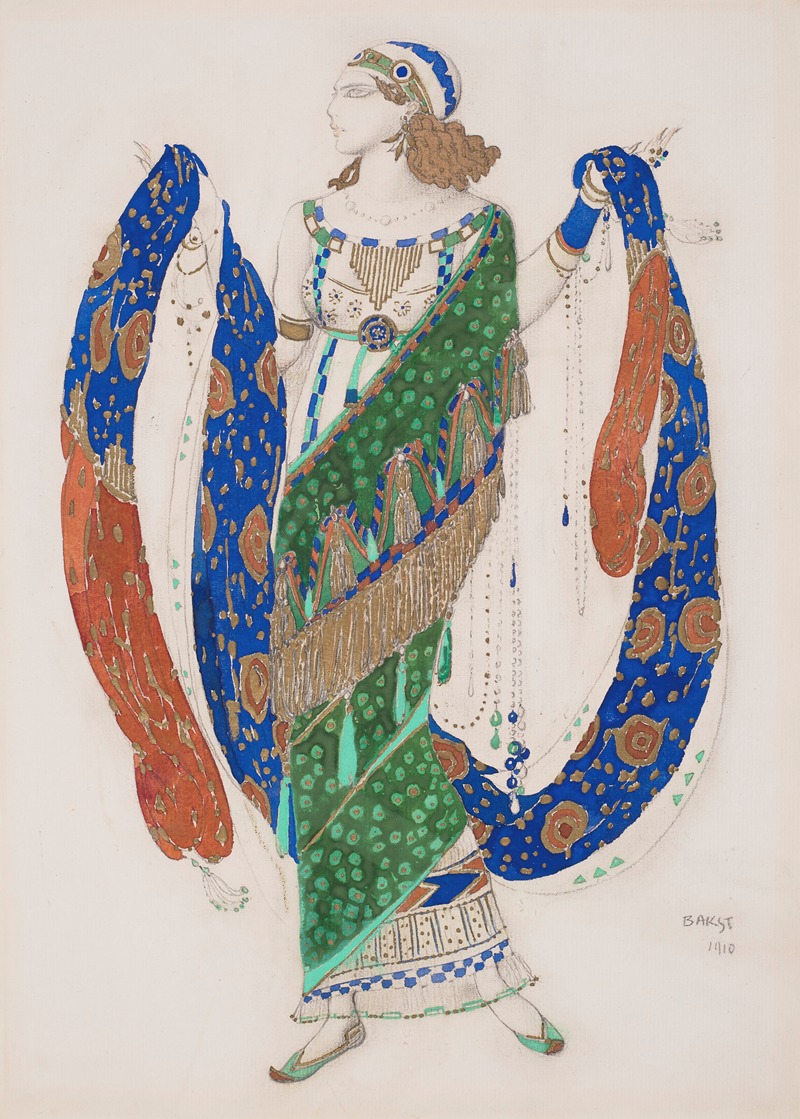
Costume design for an Oriental dancer
A hand-painted replica of Léon Bakst’s masterpiece Costume design for an Oriental dancer, meticulously crafted by professional artists to capture the true essence of the original. Each piece is created with museum-quality canvas and rare mineral pigments, carefully painted by experienced artists with delicate brushstrokes and rich, layered colors to perfectly recreate the texture of the original artwork. Unlike machine-printed reproductions, this hand-painted version brings the painting to life, infused with the artist’s emotions and skill in every stroke. Whether for personal collection or home decoration, it instantly elevates the artistic atmosphere of any space.
"Costume design for an Oriental dancer" is a renowned artwork created by Léon Bakst, a prominent Russian painter and scene-and-costume designer. Born as Lev Samoilovich Rosenberg on May 10, 1866, Bakst is best known for his work with the Ballets Russes, a famous itinerant ballet company based in Paris that performed between 1909 and 1929. His designs played a significant role in the visual and cultural impact of the Ballets Russes, influencing fashion and theater design in the early 20th century.
The "Costume design for an Oriental dancer" is one of Bakst's many contributions to the Ballets Russes, reflecting his fascination with exoticism and his ability to blend different cultural elements into his designs. This particular piece showcases Bakst's talent for creating elaborate and vibrant costumes that were both visually stunning and functional for the dancers. His use of bold colors, intricate patterns, and luxurious fabrics helped to create a sense of fantasy and otherworldliness that was central to the Ballets Russes' productions.
Bakst's designs were not merely decorative; they were integral to the storytelling and emotional expression of the performances. His work often drew inspiration from a variety of sources, including Russian folklore, ancient Greek and Egyptian art, and Oriental motifs. The "Costume design for an Oriental dancer" exemplifies this eclectic approach, combining elements from different cultures to create a unique and captivating aesthetic.
The Oriental dancer costume likely reflects Bakst's interest in the East, which was a common theme in European art and culture during the late 19th and early 20th centuries. This fascination with the Orient, often referred to as Orientalism, was characterized by a romanticized and sometimes stereotypical view of Eastern cultures. Bakst's designs, however, were celebrated for their originality and artistic merit, even as they drew on these broader cultural trends.
In addition to his work with the Ballets Russes, Bakst also collaborated with other notable figures in the arts, including the impresario Sergei Diaghilev and the choreographer Michel Fokine. His designs for productions such as "The Firebird," "Scheherazade," and "The Sleeping Princess" are considered some of his most significant contributions to the world of theater and dance.
Bakst's influence extended beyond the stage, impacting fashion designers and artists of his time. His bold use of color and pattern, as well as his innovative approach to costume design, left a lasting legacy in the world of visual arts. The "Costume design for an Oriental dancer" remains a testament to his creativity and his ability to bring a sense of magic and wonder to the performances he helped to create.
Léon Bakst passed away on December 27, 1924, but his work continues to be celebrated and studied for its artistic and cultural significance. The "Costume design for an Oriental dancer" is just one example of his remarkable talent and his contribution to the world of art and theater.





